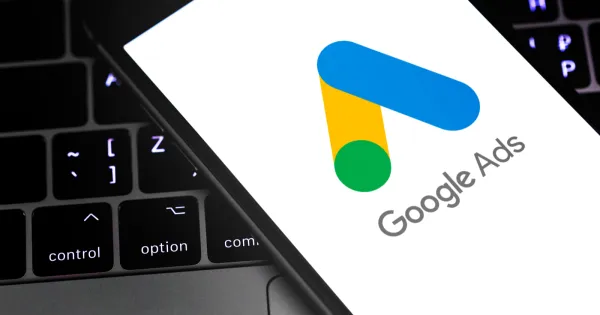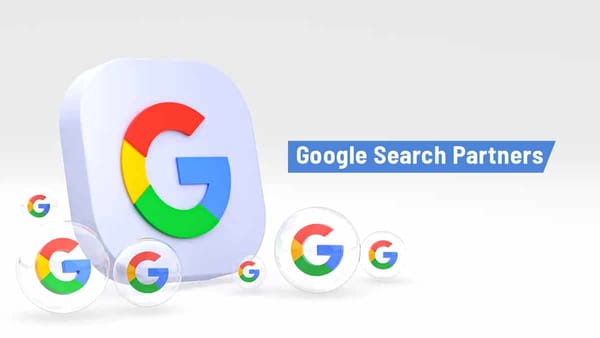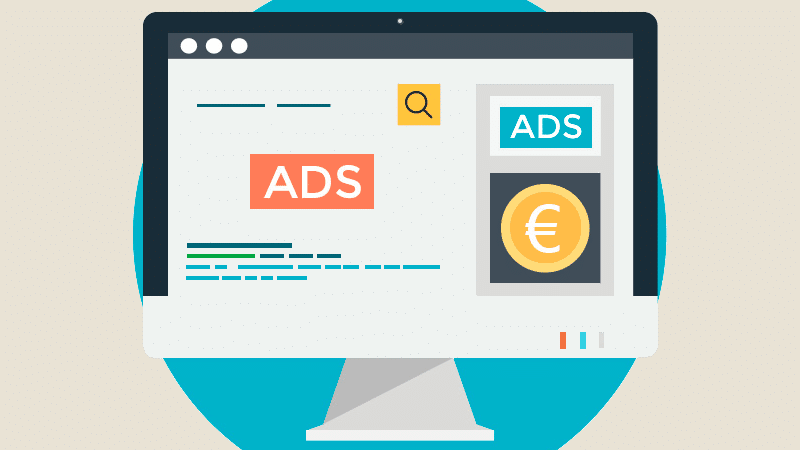How Google Ads Helps You Reach and Engage the Right Audience

Introduction
In the world of digital marketing, reaching the right audience is key to a successful campaign. This is where Google Ads shines. With billions of daily searches, Google Ads allows businesses to connect with their target audience at the right time and place. But it’s not just about showing ads—it’s about reaching the right people with the right message.
In this article, we'll explore what Google Ads can do with audiences, how it helps businesses target effectively, and the strategies you can use to boost your advertising success.
1. What Is Audience Targeting in Google Ads?
Audience targeting in Google Ads is the process of defining who sees your ads based on specific characteristics. Instead of showing ads to just anyone, you can narrow your focus to people who are most likely to be interested in your products or services.
With Google Ads, you can target audiences based on:
- Demographics: Age, gender, income, parental status
- Interests: Hobbies, preferences, and online behavior
- Location: Cities, regions, or countries
- Device Usage: Mobile, desktop, or tablet users
- Search Intent: Based on recent searches and website visits
This powerful targeting helps businesses save money by focusing ad spend on potential customers who are more likely to convert.
2. Types of Audience Targeting in Google Ads
Google Ads offers several audience targeting options to help you reach different customer segments. Here are the key types:
a) Affinity Audiences
- What It Is: Targets people based on long-term interests, hobbies, and lifestyles.
- Example: If you sell fitness gear, you can target people interested in health, sports, and wellness.
b) Custom Affinity Audiences
- What It Is: Allows you to create your own audience segments based on specific interests, keywords, or URLs.
- Example: A vegan restaurant can target people who frequently visit vegan recipe websites or search for plant-based diets.
c) In-Market Audiences
- What It Is: Targets people actively researching products or services similar to yours, indicating they’re ready to buy.
- Example: A car dealership can target users who’ve been comparing different car models online.
d) Custom Intent Audiences
- What It Is: Lets you target people based on recent search queries, signaling purchase intent.
- Example: If you sell laptops, you can target people searching for “best laptops for students.”
e) Remarketing (Retargeting) Audiences
- What It Is: Shows ads to people who’ve previously visited your website or interacted with your app.
- Example: An e-commerce store can retarget users who added items to their cart but didn’t complete the purchase.
f) Similar Audiences
- What It Is: Finds new potential customers who have similar behaviors and interests to your existing customers.
- Example: If your current customers are tech enthusiasts, Google will target others with similar online habits.
g) Demographic Targeting
- What It Is: Focuses on specific demographic factors like age, gender, household income, or parental status.
- Example: A children’s clothing brand can target parents aged 25–40.
3. How Google Ads Uses Audience Data to Improve Campaigns
Google Ads uses advanced algorithms and vast data to optimize audience targeting. Here’s how it works:
a) Data Collection
- Search Behavior: Google tracks what people search for, how often, and when.
- Website Activity: It monitors user interactions on websites, apps, and YouTube.
- Location Data: GPS and IP address information help with local targeting.
- Demographic Insights: Data from user profiles and online behavior.
b) Machine Learning and AI
Google’s AI analyzes audience data to predict user behavior. This helps advertisers:
- Show ads to people likely to convert
- Adjust bids based on performance
- Personalize ads for different audiences
c) Real-Time Optimization
Google Ads updates in real-time, meaning your ads are shown to the most relevant audience at the right moment. This dynamic adjustment improves ad performance and ROI.
4. Benefits of Using Google Ads for Audience Targeting
Google Ads offers several advantages when it comes to audience targeting:
✅ Increased Relevance
Your ads reach people genuinely interested in your products, increasing the chances of engagement and conversions.
✅ Cost Efficiency
By targeting specific audiences, you avoid wasting money on irrelevant clicks, maximizing your ad budget.
✅ Personalization
Custom messaging based on audience interests makes your ads more appealing and persuasive.
✅ Higher Conversion Rates
Precise targeting leads to higher click-through rates (CTR) and conversions since ads are shown to people with strong purchase intent.
✅ Flexibility and Control
You can adjust targeting settings anytime, pause campaigns, or shift budgets based on performance data.
✅ Cross-Platform Reach
Google Ads doesn’t just target audiences on search results. Your ads can appear on YouTube, Gmail, Google Display Network, and mobile apps, expanding your reach.
5. Strategies to Maximize Audience Targeting in Google Ads
To get the most out of Google Ads audience targeting, follow these strategies:
a) Combine Multiple Audience Types
Don’t rely on just one audience type. For example, combine In-Market Audiences with Remarketing to capture both new and returning visitors.
b) Use Detailed Demographics
Go beyond basic age and gender targeting. Use insights like household income, parental status, and life events (e.g., recently moved, getting married) for more precise ads.
c) Test and Optimize Regularly
- Run A/B tests with different audience segments.
- Compare which audiences drive the most conversions.
- Adjust bids for high-performing segments.
d) Leverage Remarketing Lists
Remarketing is powerful for nurturing leads. Show ads with special offers or reminders to people who previously interacted with your site but didn’t convert.
e) Refine with Exclusions
Exclude audiences that aren’t relevant to your goals. For example, if you sell luxury items, exclude budget shoppers to focus on high-value customers.
f) Use Audience Insights
Google Ads provides Audience Insights reports. Analyze them to understand customer behavior, interests, and demographics. Use this data to refine your targeting strategies.
6. Real-World Examples of Google Ads Audience Targeting
Here are some practical examples of how businesses use Google Ads to target the right audiences:
Example 1: E-commerce Store
- Goal: Increase sales for a fashion brand.
- Strategy:
- Target In-Market Audiences searching for “trendy summer outfits.”
- Retarget website visitors who viewed products but didn’t purchase.
- Exclude users who already made a purchase to focus on new customers.
Example 2: Local Restaurant
- Goal: Attract more customers to a new location.
- Strategy:
- Use Location Targeting within a 10 km radius.
- Target people interested in food delivery and dining out.
- Run promotions for first-time visitors with custom ads.
Example 3: SaaS Company
- Goal: Generate B2B leads for a software product.
- Strategy:
- Target professionals using Custom Intent Audiences based on searches like “best project management tools.”
- Use LinkedIn integration for job title targeting.
- Retarget website visitors who downloaded a free trial.
Conclusion
Google Ads is more than just an advertising platform—it’s a powerful tool for reaching the right audience at the right time. Whether you want to attract new customers, retarget past visitors, or promote products to specific demographics, Google Ads offers flexible and effective audience targeting options.
By leveraging these features and continuously optimizing your campaigns, you can improve ad relevance, boost conversions, and achieve your marketing goals efficiently. Remember, the key to success lies in understanding your audience, testing strategies, and adapting based on performance data.




